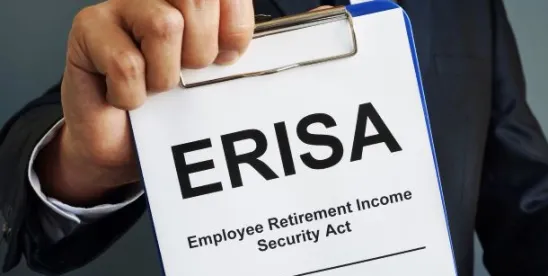On June 29, the Department of Labor (DOL) issued a proposed prohibited transaction exemption, filling the void left when the Fifth Circuit vacated the Obama-era 2016 DOL regulation in 2018. While the new proposed rule is primarily a class exemption that harmonizes ERISA conditions for receiving commissions and other variable compensation with existing securities law standards, it also does a lot more. In this podcast episode, Faegre Drinker’s Jim Jorden and Brad Campbell focus on the proposed rule’s lengthy — and unusual — preamble, which articulates a whole new interpretation of fiduciary conduct, including defining rollover recommendations as fiduciary advice.
In this recording, Jim and Brad provide context, insight and actionable advice for stakeholders on the following questions (and more) related to this substantial preamble to the DOL’s proposed rule.
-
The preamble details how the “regular basis” component of the five-part test for the investment adviser definition can be met. How does that interpretation differ from previous understandings of this component? What does it mean for rollover recommendations? And does this new interpretation conflict with judicial interpretations of such conduct?
-
The preamble also notes that both the financial institution and investment adviser must disclose that they are “fiduciaries” and provide various disclosures. It also notes that most insurance companies pay their agents on a commission basis, and that some agents are independent and some are employees. What issues emerge from this dynamic, especially as it pertains to the need to document specific reasons why any recommendation to rollover assets from one plan to another is in the best interest of the retirement investor?
-
The earlier DOL fiduciary rule exemption contemplated a form of contract with the ERISA plan participant, which gave rise to concerns about litigation over the terms of such a contract. How does the new proposal address this issue?
In our next podcast, we will take a more thorough look at the ways in which the new proposed rule might increase liability and expose insurers, producers and other stakeholders to lawsuits.





 />i
/>i
